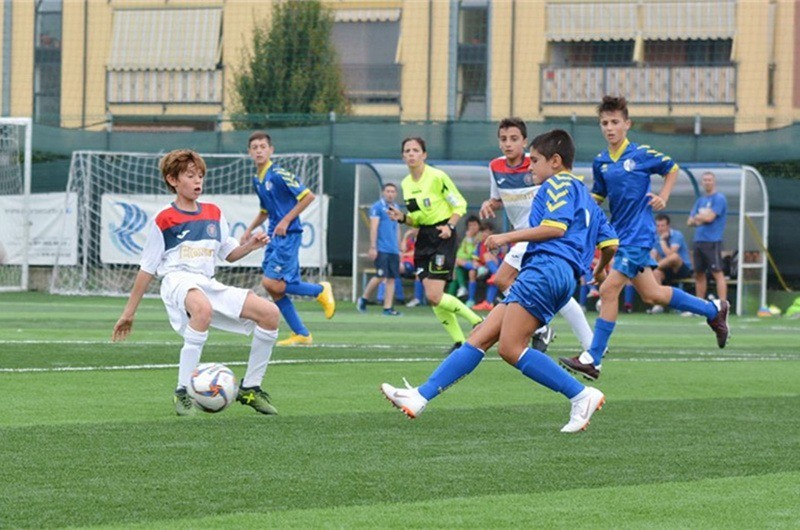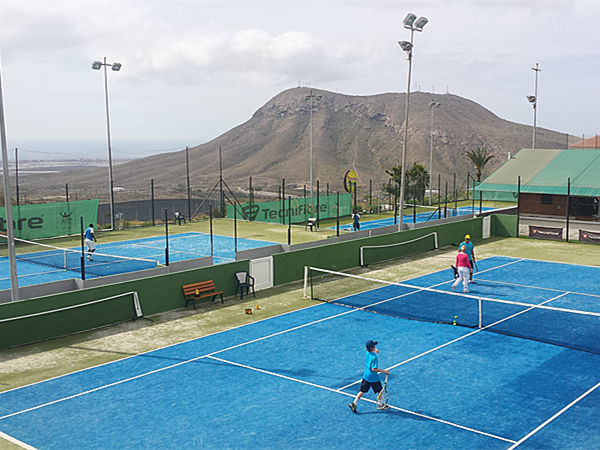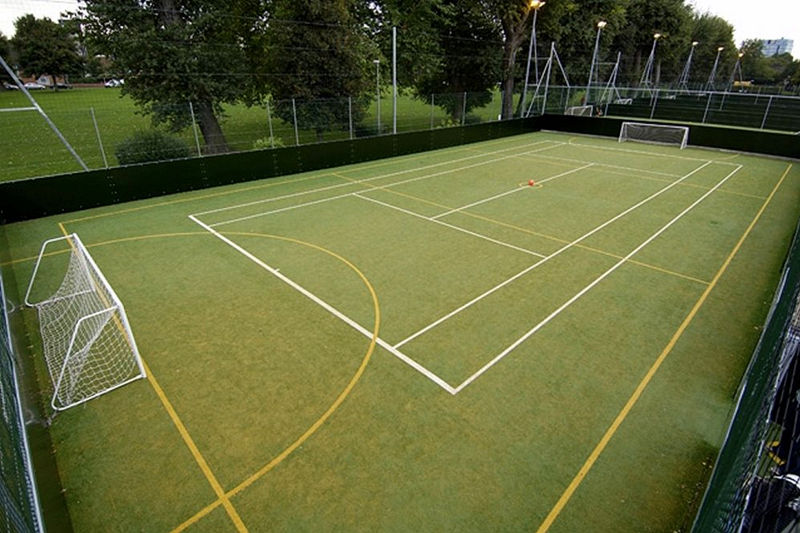Different types of tennis court surfaces are constructed using various materials and methods, which have a significant impact on the dynamics of a tennis match. The composition and construction of these surfaces influence factors such as shot velocity, ball bounce, and players’ mobility.
Table of Contents
Hard Courts:
Hard courts are constructed with rigid materials and topped with an acrylic surface layer. They offer a consistent and even playing experience, making them popular worldwide. Compared to other outdoor surfaces, hard courts provide greater uniformity, ensuring a predictable playing environment.
Clay Courts:
Clay courts are made from crushed shale, stone, or brick. They significantly slow down the ball and produce a slow, high bounce. These courts are particularly favored by baseline players and those who utilize spin and tactical angles in their gameplay. Clay courts often result in longer rallies and promote strategic play. The renowned French Open, one of the most prestigious clay court tournaments worldwide, showcases the unique characteristics of this surface.
While hard courts are generally faster than clay but slower than grass courts, it’s worth noting that the specific materials used can affect the speed of play. For instance, the Australian Open employs a synthetic surface, while the US Open features an acrylic hard court, each with its own distinct playing characteristics.
In addition to the main surfaces, the International Tennis Federation (ITF) also classifies concrete, asphalt, and carpet courts as notable variations.
Artificial Grass:
Artificial grass courts are synthetic surfaces designed to resemble natural grass. They offer similar playing characteristics to grass courts, including quick ball movement, low ball bounce, and consistent rebound. These features make tennis artificial grass courts suitable for players of all skill levels. One of the advantages of tennis artificial grass is its longevity and ease of maintenance. It provides a reliable and accessible tennis court surface that requires minimal upkeep.
Natural Grass Courts:
Grass courts represent the traditional lawn tennis surface and are famously showcased at the prestigious Wimbledon tournament. Although less common today due to the high maintenance requirements, grass courts offer unique attributes such as quick play and low ball bounce. This surface favors players who rely on speed, excel in net play, and utilize serve-and-volley tactics. Notably, grass courts neutralize the advantage of powerful serves, presenting a challenge for players heavily reliant on their serving abilities. The French Open, another highly esteemed tournament, exemplifies the strategic gameplay facilitated by clay courts.
Conclusion:
As players grasp the characteristics of different tennis court surfaces, they gain the ability to adapt their playing styles and strategies accordingly. Whether it’s the consistent and even nature of hard courts, the versatility of artificial grass, the strategic gameplay on clay, or the fast-paced action on grass, each surface adds a distinctive dimension to the game of tennis. By understanding these nuances, players can elevate their performance and create an exciting and varied experience for themselves and spectators alike.




